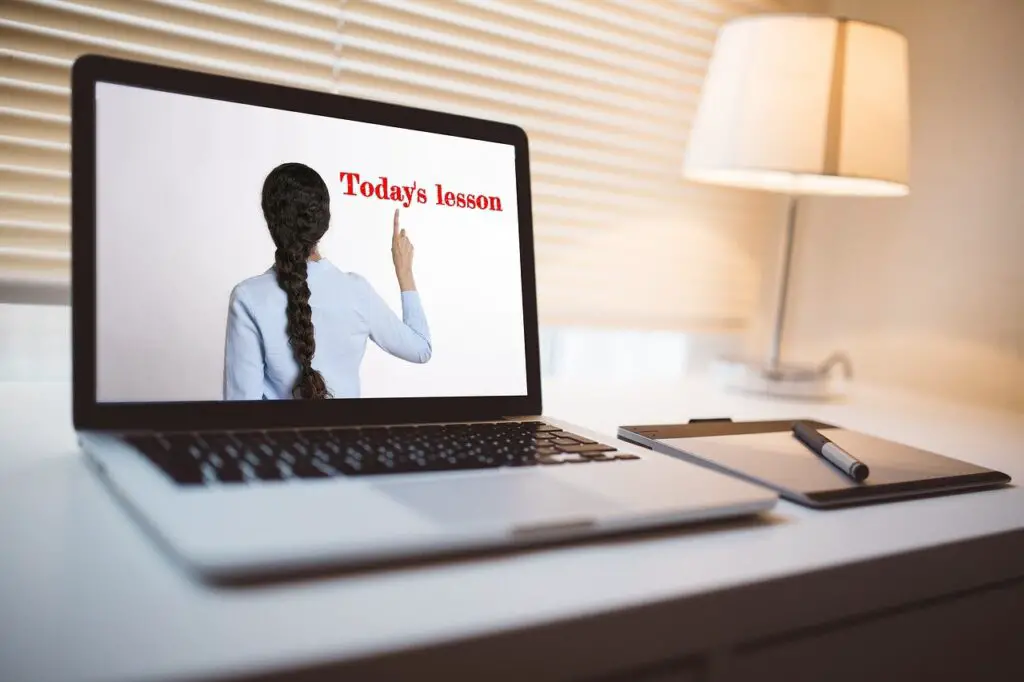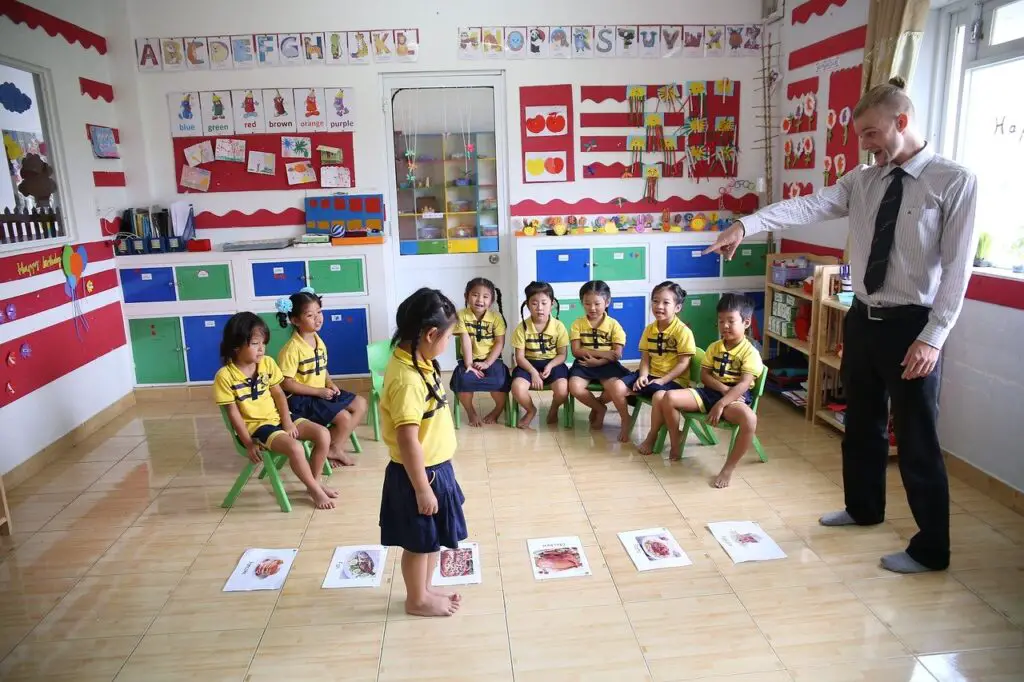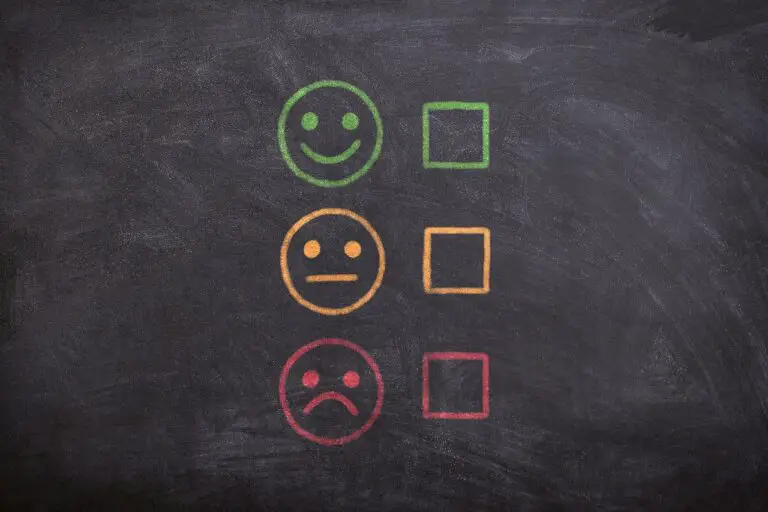Whether you’re teaching a group of children in a private lesson or giving conversation online, the duration of all private EFL/ESL classes is important. If you’re wondering how long your class should be, you’ve come to the right place.
As a general rule, EFL/ESL lessons should last between 30-90 minutes depending on student age, ability and expectations. The nature of the class is also important – online conversation classes are best between 30-45 minutes, while in-person, project-based lessons often require 60 minutes or more.
Read on to find out how to plan the duration of each of your classes to get the most out of your teaching hours and make sure your students learn effectively.
If you’re starting out as a private EFL/ESL teacher, you should read my article How to Get Started as an EFL/ESL Private Tutor: Full guide. It covers everything from how to find classes to when and where your lessons should take place.
What is the ideal length of an EFL/ESL lesson?
Each class has its own requirements. As a result, there is no perfect EFL/ESL lesson duration, with various factors in play. Online classes differ from in-person classes, and it’s no secret adults have longer attention spans than five-year-olds. Having said that, don’t expect adults to focus for hours after a long day of work!
The type of activity is also important. Conversation doesn’t need to last long, and can become difficult after too much time, whereas lessons based on long activities and project need an hour or more.
The table below gives a general indication of how long private EFL/ESL classes should last based on age and type of class. The numbers apply to one-on-one classes and small groups.
| Age | Conversation | Grammar/Exam Prep | Games/Activities | Projects |
|---|---|---|---|---|
| < 10 | 20-30/20-30 | 30-45*/30-45* | 30-45/45-60 | 45-60*/45-60 |
| 10-16 | 30-45/45-60 | 30-45/45-60 | 30-45/45-60 | 60-90*/60-90 |
| Adults | 30-60/45-60 | 45-60/45-60 | 45-60/45-60 | 60-90*/60-90 |
IMPORTANT: These are guidelines, not rules. Each class has its own dynamic and needs, so there will be outliers and exceptions.
The larger the group, the longer the class needs. If your private class has 5 or more students, consider adding an extra 10-15 minutes to the numbers above to account for organising extra materials and allowing each student time to speak.
Difference between online and in-person
Firstly, let’s look at online classes. Many of the biggest online English teaching platforms catering to children in Asia (VIPKid, PalFish, Qkids etc.) provide classes of 25 or 30 minutes. However, conversation classes with teens and adults on websites like italki have a default 60 minute duration.
These are helpful guidelines. Spending more than an hour on a video call is tiring, especially if connection problems make communication difficult.
If you’re setting up online classes independently of one of these companies, I’d recommend 20-30 minutes with young children (up to around 10-years-old). For children and teens between 11 and 16, 30-45 minutes is probably enough, although with some mature students you can stretch to an hour. And for adults, 45-60 minutes is about right.
TIP: If students get restless, switch things up with a quick game. If they’re tiring from all the excitement of your class, bring them down with a gentle activity like guided drawing.
In-person classes should last longer. Most of the time, either the teacher or the student has to travel to the location of the class, so both want to make the most of the time together. Also, in-person classes have more possibilities for group sessions, which generally last longer.
Again, depending on the age of the student(s), the duration will vary. For me, young children do better in classes from 45 to 60 minutes, while those aged 10 or more can go for an hour or more, depending on the type of class.
TIP: Don’t be afraid to build in a 3-5 minute break in the middle of your class for both children and adults.
How does the type of class affect the duration?
EFL/ESL classes come four main types: Conversation, activity/game-based, grammar instruction (and exam preparation), and project-based lessons. Adjust the duration depending on which type of class your students need.
Conversation classes tend to be shorter. Children and beginner students often find it hard to maintain dialogue for long, while teenagers and shy adults can be reluctant speakers. With that in mind, I keep conversation classes to a maximum of 1 hour for teenagers and adults, while for children 30 minutes is plenty.
Activity and game-based lessons are high energy. The more dynamic and active the class, the quicker students will tire, and enjoyment can quickly turn to negativity. Many of my private classes with children last an hour, in which we do several activities, with varying excitement levels. This keeps things fresh.
TIP: Games and exciting activities shouldn’t last much more than 20 minutes each. Start your class off with a fun game, slow it down with a calm activity in the middle, then finish on a bang.
Grammar and exam preparation classes can be slow and boring. Avoid these classes with young children – not only will they struggle to keep up with concepts, but they’ll grow to hate English. That’s not a fun place to be. However, the older your students get, the more exams they have, and the greater the emphasis on accuracy.
Reluctant or not, grammar classes should last 45-60 minutes. Any longer and everyone, teacher included, will start to fade.
Project-based classes are my personal favourite. In these, students work on something over several weeks – a work of art, a short film, a presentation, or a role-playing adventure.
Although they’re mostly limited to in-person classes, you can go beyond the usual classroom activities and create unforgettable experiences together.
If this is what you hope to achieve, you’ll need at least an hour with young children, and likely more with teenagers and adults. Every week, I have three 90 minute classes which fly by. Sometimes I even wish they would last two hours, as we’re so engrossed in the activity.
TIP: In-person classes with small groups (2-5) are perfect for project-based classes. If you have an individual student who’s struggling to stay motivated, ask them if they have any friends/colleagues/siblings/cousins interested in joining.
Some classes need extra space and a comfortable location. To find out where is best to hold your private EFL/ESL classes, read my article: Where Should In-Person Private EFL/ESL Classes Take Place?
Often, you’ll want to include different activities in one class, for example spending some time focusing on grammar, then finishing with conversation or some games. These lessons can last a little longer, so look at the upper time ranges.
Timing isn’t everything
No matter how long you schedule your class for, there will be times when you overrun or finish early. That’s normal. If you don’t have to rush to the next class, you can always extend a class a few extra minutes to get an activity finished. And on days when your planned activities don’t fill the entire class, rely on one of those games you have in your back pocket.
Never finish the class early – you’re getting paid for every minute – but if you consistently see the class running out of steam early, or the students get restless, have a word with them (or their parents) and suggest shortening the class.
In the end, there’s no universal answer. Each class is unique, and you know your students best, so use your judgement rather than trying to fit within any rules or guidelines.
Stuck on what to get students to do for homework? Check out my 9 Engaging Homework Ideas for EFL/ESL: No worksheets!
Catch up on all the articles in the Getting Started as a Private EFL/ESL Tutor guide:
How to Get Started as an EFL/ESL Private Tutor: Full guide
Requirements and Qualifications to Become an EFL/ESL Tutor
How to Get Private EFL/ESL Classes: Quickly find students
How Long Should Private EFL/ESL Classes Be: Tips included
How Much Should You Charge for Private EFL/ESL Classes?
Where Should In-Person Private EFL/ESL Classes Take Place?
Make Sure You Get Paid for Private EFL/ESL Classes
9 Items Every EFL/ESL Teacher Needs for Brilliant Classes









